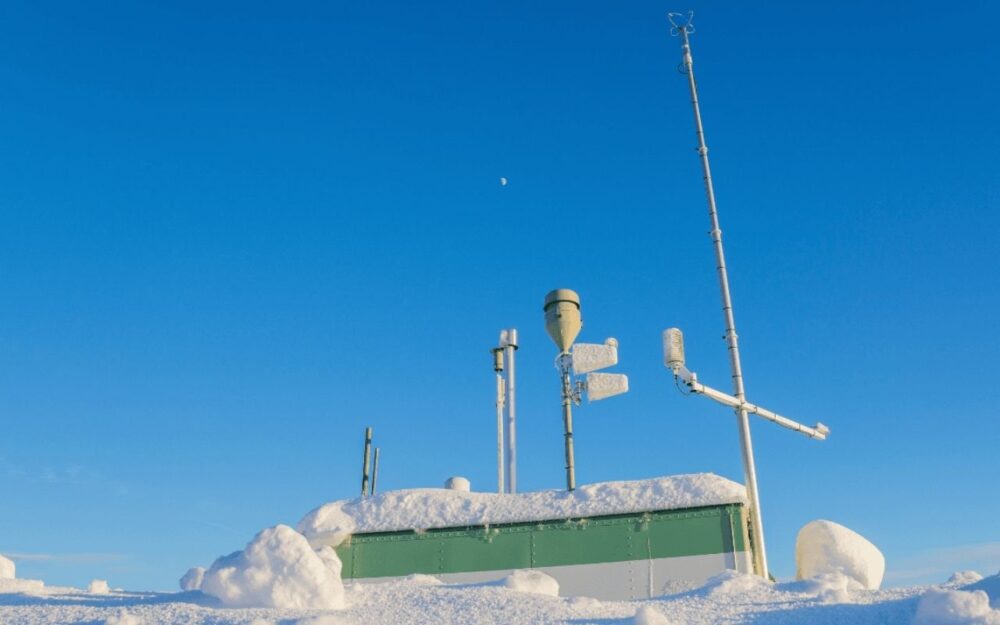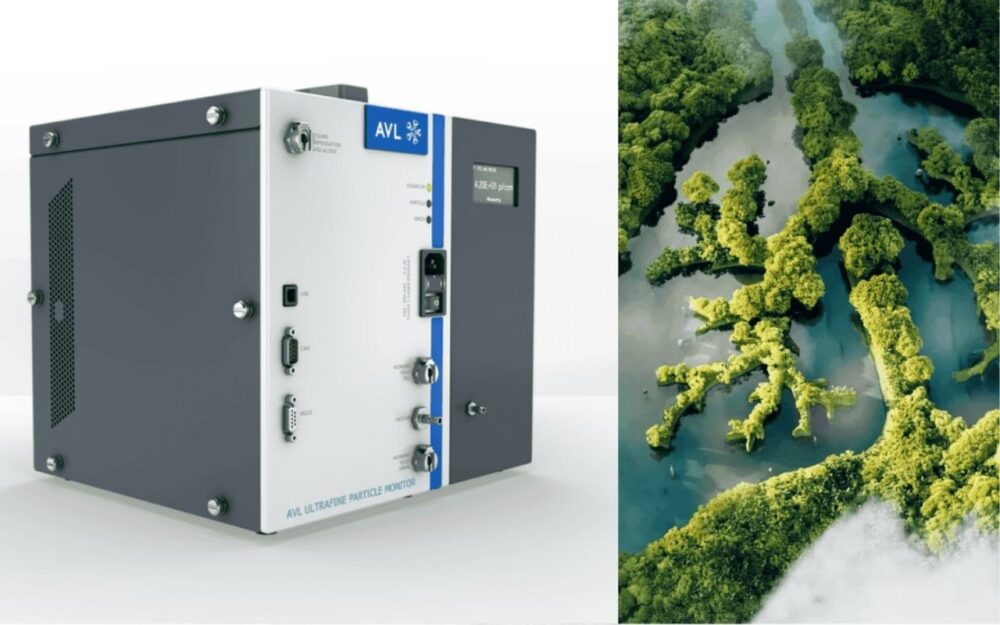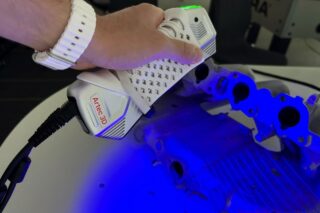Ultrafine particles (UFPs) present a unique and serious threat to human health due to their nanometer scale and ability to carry toxic compounds. AVL, with decades of expertise in particle measurement technology, has designed the UltraFine Particle Monitor™ to measure the ultrafine particle number concentration in ambient air, by using condensation particle counter technology.
By Johannes Murg, Group Product Manager at AVL
Understanding the Health Risks of Ultrafine Particles in Ambient Air
UFPs originate from both natural and human-made sources, including vehicle emissions, industrial processes, cooking, wildfires, and sea spray. Unlike larger particulate matter (PM10 and PM2.5), UFPs evade traditional air quality monitoring due to their negligible mass, making them difficult to detect but no less dangerous.
Scientific studies reveal that UFPs can infiltrate the lungs, enter the bloodstream, and even cross the blood-brain barrier. This translocation leads to systemic inflammation, oxidative stress, and epigenetic changes—factors linked to respiratory diseases, cardiovascular conditions, and neurological disorders such as Alzheimer’s.
Europe Tightens Air Quality Laws to Tackle Ultrafine Particle Threat
In a decisive move to address the growing health risks posed by ultrafine particles (UFPs), the European Union has revised its Ambient Air Quality Directive (AAQD), marking a significant shift in environmental policy.
The inclusion of UFPs in EU legislation signals a broader shift toward more nuanced air pollution metrics. By focusing on particle number concentration, size distribution and black carbon, Europe is laying groundwork for more effective public health protection and environmental stewardship.
The new directive reflects WHO recommendations, emphasizing international collaboration and public health interventions. Member States must now establish fixed sampling points for UFPs—at least one per 5 million inhabitants in high-concentration areas—and create “supersites” for long-term data collection.
The AVL UltraFine Particle Monitor is EN 16976 compliant and ACTRIS-compatible
CAIS-ECAC standardizes procedures for ACTRIS observatories to ensure high-quality, consistent aerosol in-situ measurements. This guarantees data reliability and traceability to reference standards, supporting scientific research and environmental monitoring. The AVL UltraFine Particle Monitor has passed the performance tests meeting the ACTRIS requirements and is therefore ACTRIS compatible.
Mass vs. Number Based Measurement: A Measurement Mismatch
Mass-based techniques like gravimetric analysis, light scattering, beta attenuation, and tapered element oscillating microbalance (TEOM) have long been used to monitor PM2.5 and PM10. However, these methods are biased toward larger particles and fail to capture the abundance of smaller, more harmful UFPs.
The AVL UltraFine Particle MonitorTM, a condensation particle counter-based instrument, represents a significant advancement in air quality monitoring technology, providing the necessary tools to accurately measure and understand UFPs. By adopting number-based measurement techniques, we can gain a deeper insight into the presence and behavior of ultrafine particles, ultimately leading to better public health outcomes and more informed environmental policies.
The AVL UltraFine Particle MonitorTM – Commit to Clean Air
The Condensation Particle Counter (CPC) is the technology used to detect aerosol particles down to nanometer scale by enlarging them for optical detection. The aerosol is saturated with n-butanol vapor, and particles act as condensation nuclei as the vapor condenses onto them. The resulting droplets, now large enough to scatter light, are individually detected using a focused laser beam and photodetector system. The working fluid system, featuring integrated ventilation and high-quality components, minimizes butanol consumption and is hermetically sealed to prevent environmental exposure.

Engineered for stability and continuous operation, the AVL UltraFine Particle Monitor™ functions as a continuous particle monitoring solution. In case of disruptions—like power loss or butanol depletion—it autonomously restarts, maintaining consistent long-term performance.
It is built to withstand challenging conditions, our instrument’s robust optical components ensure reliable and precise measurements, whether in the controlled setting of a lab or the dynamic conditions of field monitoring.
The AVL UltraFine Particle Monitor utilizes state-of-the-art technology to deliver unmatched accuracy and reliability in ultrafine particle counting. Its cutting-edge design ensures precise and consistent results, empowering you with the highest quality data.
With over 60 years of expertise in aerosol particle emission measurement and two decades of innovation in proprietary Condensation Particle Counting (CPC) technology, AVL stands as a global leader in ultrafine particle monitoring. Trusted by more than 1,600 institutions—including major OEMs, regulatory bodies, and top-tier universities—AVL’s CPC systems deliver unmatched precision and reliability. Every key component is designed and manufactured in-house, ensuring the highest standards of quality and performance. When it comes to measuring what truly matters, AVL sets the benchmark.











